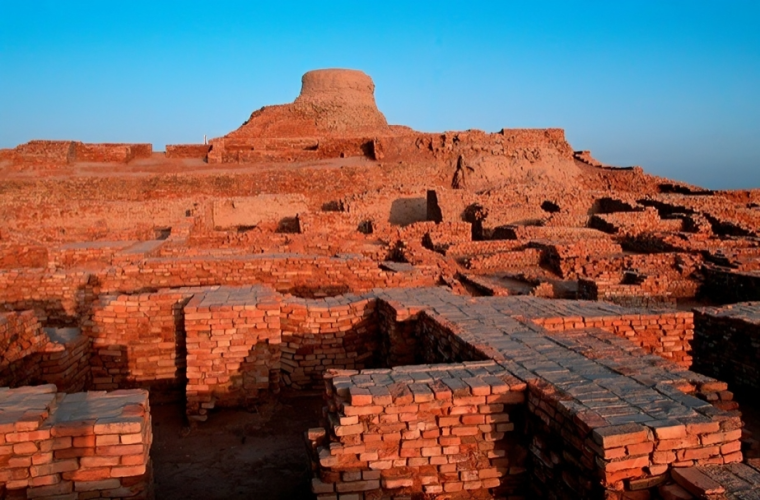
It was located in the northeastern part of modern Pakistan, Afghanistan and northwestern India. This is the third most ancient Eastern civilization of the Bronze Age, along with Ancient Egypt and Mesopotamia. Residents were engaged in cattle breeding: they raised sheep, pigs, zebras, and buffaloes. They mastered agriculture and used field irrigation. Barley, wheat and other crops were planted in the fields. Elephants and camels were tamed.
In cities, houses were built from bricks. The houses had running water and sewerage. Various crafts were well developed and trade flourished.
In the second millennium BC, the decline of civilization began in the Indus Valley. Historians cite increased flooding, soil depletion, and frequent wars as the reasons. Frequent tropical diseases of the population also contributed to the decline.
Around 1500 BC, the Indus Valley was conquered by Aryan tribes. They treated the population harshly, turning them into slaves or servants. Later, the Aryans began to rule over the entire territory, and the Indian civilization came to naught.
Discoveries, features of the social system
The settlements were distinguished by a high level of architecture; brickwork was used in the construction of houses, and a drainage system was used. In large cities, houses had flush toilets connected to a high-level sewerage system.
The Indus inhabitants were able to measure length, mass and time quite accurately. They had their own written language, which historians have not yet deciphered.
The social system has not been fully studied. It is known that all cities were built according to the same principle. Standard solutions in buildings and making things indicate that there was a centralized power to which everyone obeyed.
